Mike,
As everyone said fabulous.
I originally approached a professional roof console maker in Sydney about making the type of console you’ve done.
Their advice was that a console across the front window of a defender would not pass RTA inspection did you make any enquiries in this regard?
Also on the security screens. Do you find they limit vision particularly while driving if trying to check to see if the lane nest to you is clear.




 Reply With Quote
Reply With Quote
 Also, considering that my Defender will be predominantly in other countries, I (fingers crossed) don't foresee a problem
Also, considering that my Defender will be predominantly in other countries, I (fingers crossed) don't foresee a problem 

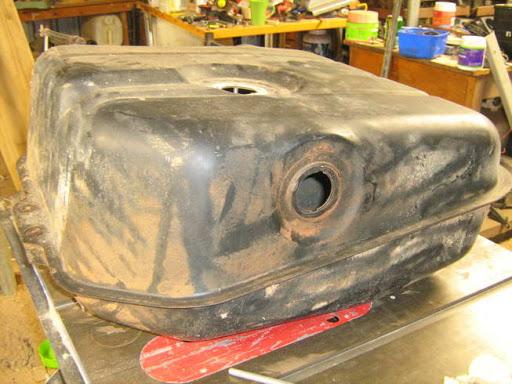
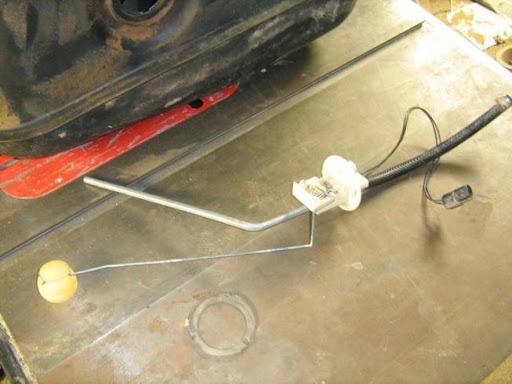
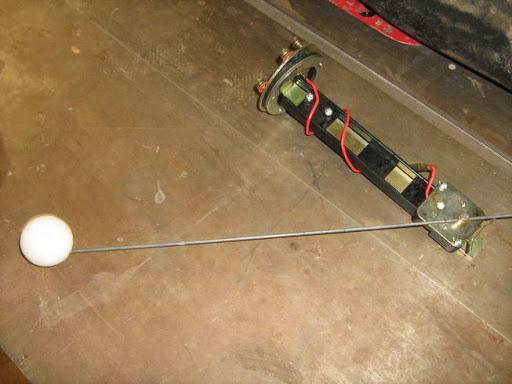
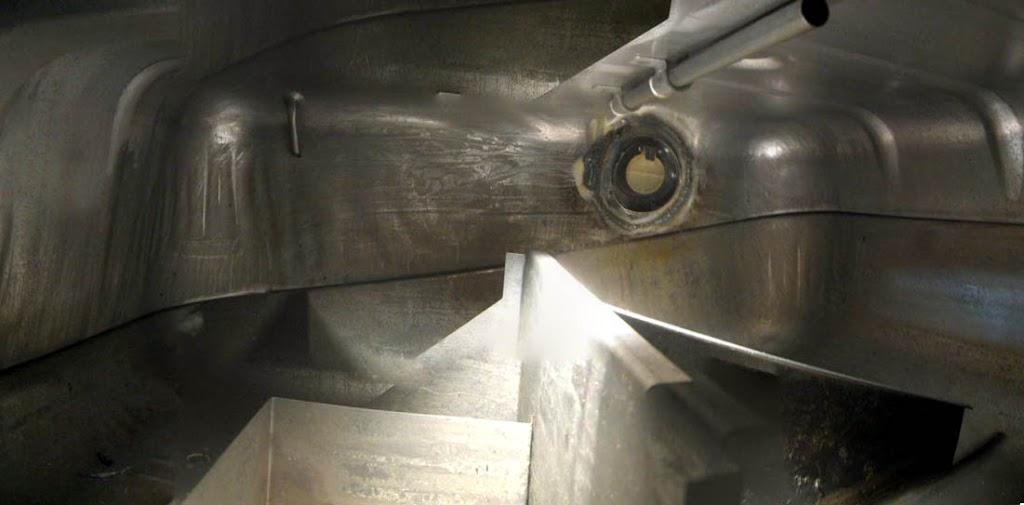



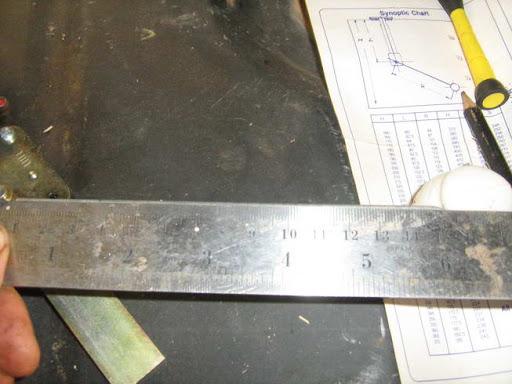

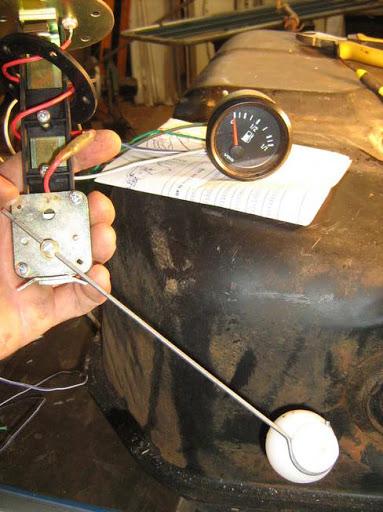
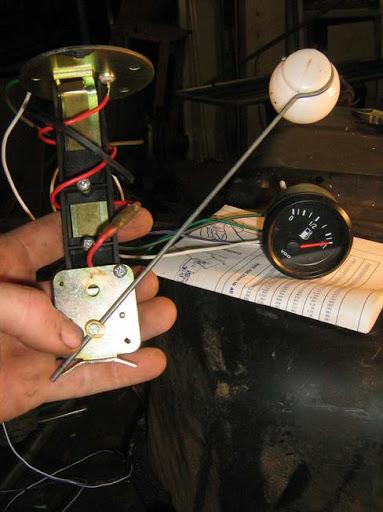
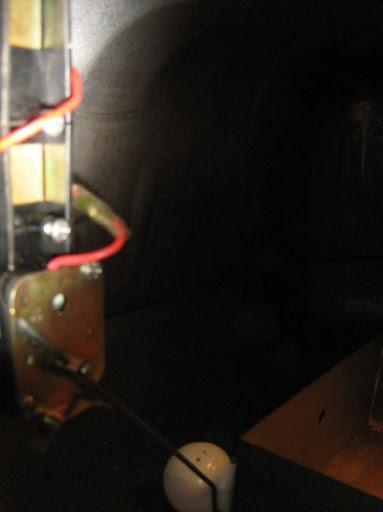




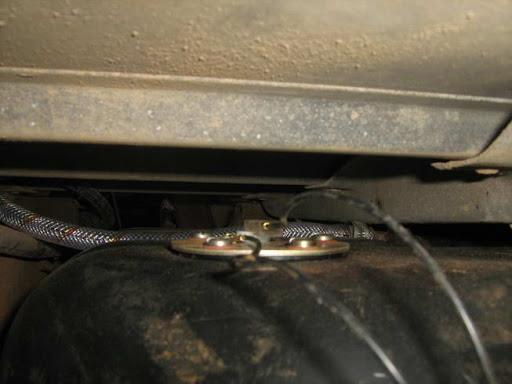
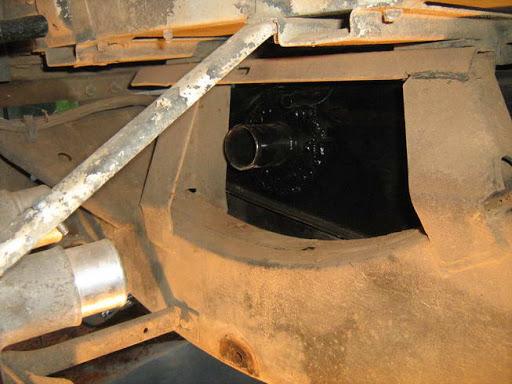
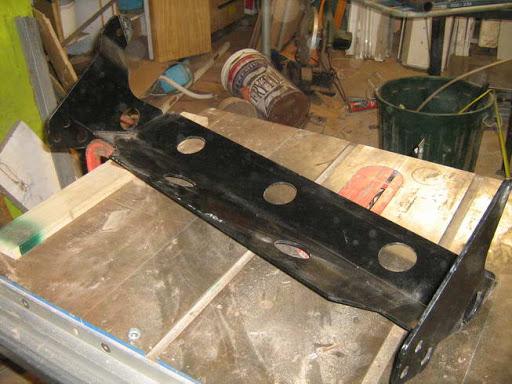



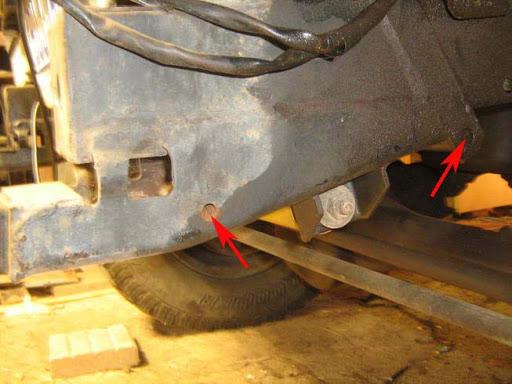
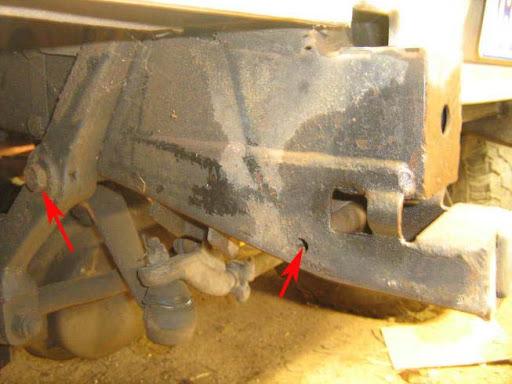
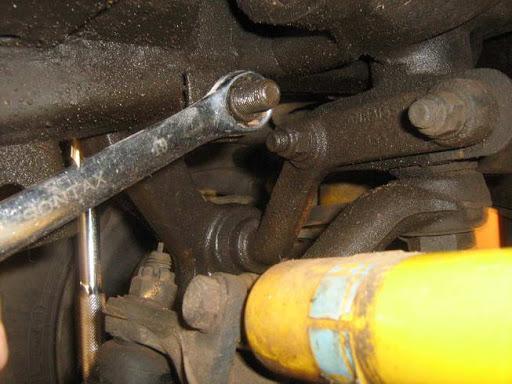
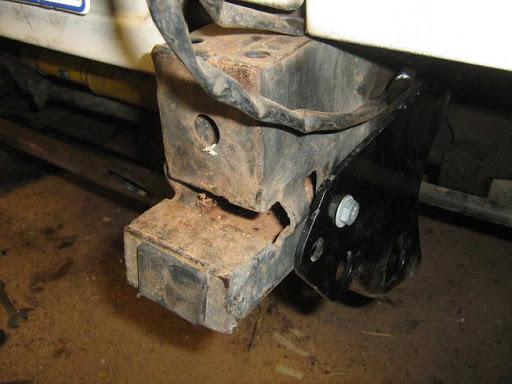
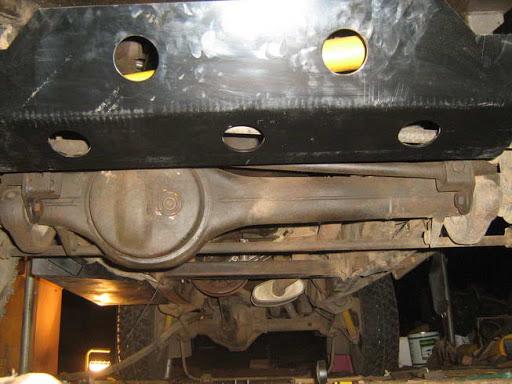
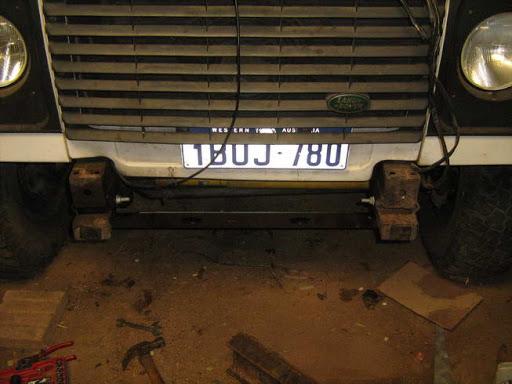



Bookmarks